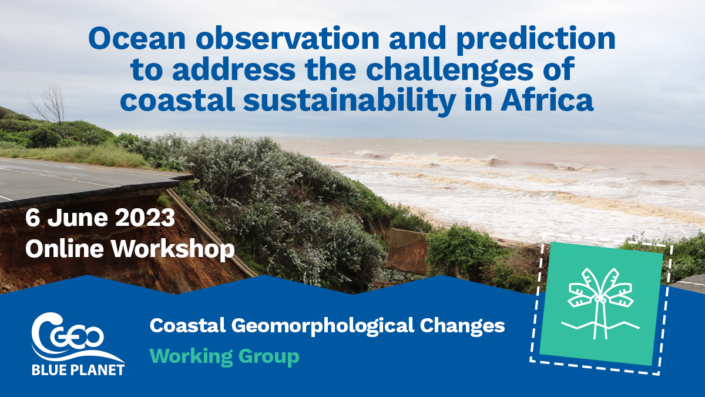Coastal Geomorphology Working Group
Background and Rationale
More than half of the world’s population lives in coastal areas. Coastal populations are continuing to increase resulting in new urban development. These populations face threats due to rising sea levels, hurricanes, coastal storms, tsunamis and coastal erosion. These are likely to be exacerbated by global climate change and direct impacts from local human activities. In order to reduce and mitigate damage to the environment and coastal communities, urban development in coastal areas needs to be accomplished in a sustainable manner. In recognition of those growing risks, enhancing coastal resilience has become the topic of great environmental and socioeconomic focus, and a priority for governments, industries, and environmental advocates.
Ocean and coastal observations can supply datasets and information that provide a solid foundation for developing hazard warning systems, marine spatial planning and improving climate change adaptation strategies for humanity and increasing the resilience of ecosystems for sustainable development.
However, our ability to understand coastal changes has been limited by an incomplete understanding of the processes and the difficulty of obtaining detailed data. There is also a need to share existing coastal hazards resources and collect/integrate new in-situ data, from local-to-global levels and across all scales and types of coastal hazards. This is required to understand coastal processes but also necessary to inform local and regional stakeholders to develop plans and sustainable management practices.
This Working Group will work with countries to identify the needs and the gaps in data availability and knowledge sharing for the coastal communities. It will support the implementation of actions to promote informed socio-economic strategies, bridging the gap between scientific knowledge and decision-makers.
The scope of this Working Group covers near shore and offshore mapping (bathymetry and coastal erosion/accretion, coastal inundations, etc.) and the development of early warning systems for coastal hazards management.



